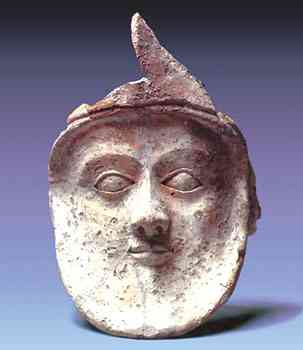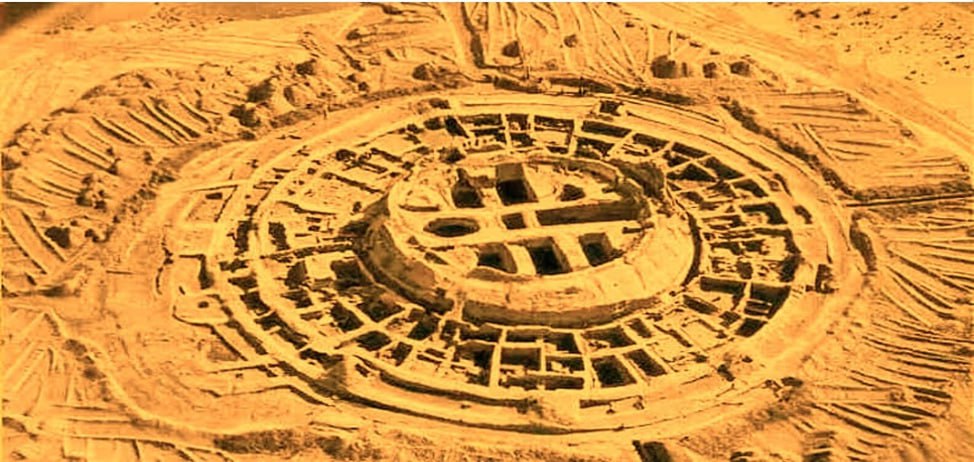 Karakalpakstan is a land of ancient culture. A large number of ancient and medieval monuments have been preserved here. The name Koi-Krylgan-kala means “fortress of dead rams.” The fortress is located 30 km northeast of the city of Turtkul in the Ellikkala region of the Republic of Karakalpakstan.
Karakalpakstan is a land of ancient culture. A large number of ancient and medieval monuments have been preserved here. The name Koi-Krylgan-kala means “fortress of dead rams.” The fortress is located 30 km northeast of the city of Turtkul in the Ellikkala region of the Republic of Karakalpakstan.
The fortress was discovered by archaeologists of the Khorezm expedition in 1938. They were surprised by its layout, which had never been seen before in Khorezm. Initially, it was a round two-storied building, fortified with a double ring wall with loopholes and towers. The defensive wall with nine towers was a reliable fortification. The clay structure was of colossal size: the diameter of the central building was 42 m, the height in the best-preserved part was about 8 m, and the diameter of the entire structure was 90 m.
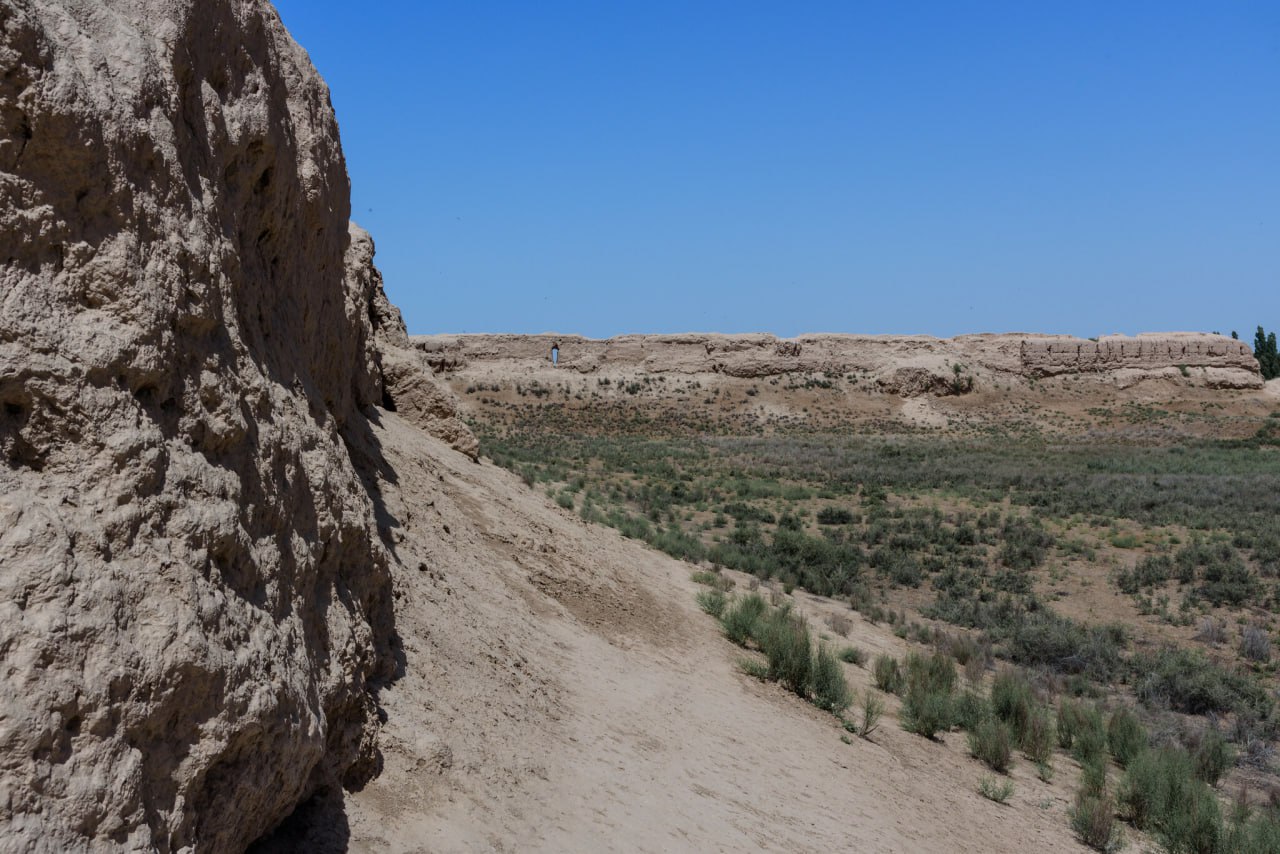 Scientists were able to establish that it was the oldest of monuments of Ancient Khorezm, dating back to the 4th - 3rd centuries BC. When studying the central building, it was found that during the construction process, the ancient architects proceeded from calculations that made it possible to use the building for astronomical observations. Observation capabilities were built into the building's design, including the location of the windows. Findings from the archaeological excavation site allowed scientists to conclude that the Koi-Krylgan-kala fortress was a temple-tomb, on the territory of which astronomical observations and ritual ceremonies were carried out.The astral symbol of the Koi-Krylgan-kala was one of the brightest and most revered stars, Fomalhaut.
Scientists were able to establish that it was the oldest of monuments of Ancient Khorezm, dating back to the 4th - 3rd centuries BC. When studying the central building, it was found that during the construction process, the ancient architects proceeded from calculations that made it possible to use the building for astronomical observations. Observation capabilities were built into the building's design, including the location of the windows. Findings from the archaeological excavation site allowed scientists to conclude that the Koi-Krylgan-kala fortress was a temple-tomb, on the territory of which astronomical observations and ritual ceremonies were carried out.The astral symbol of the Koi-Krylgan-kala was one of the brightest and most revered stars, Fomalhaut.
In 1950, a new stage of excavations began on the ruins of the fortress. As a result, it became clear that the fortress went through two stages of its development. If the early stage dates back to the 4th-3rd centuries BC, the second era of the fortress’s life dates back to the 1st centuries AD. In the early stages of development, the central part of the fortress was destroyed by fire. It still remains a mystery whether it was accidental or intentional.
Koi-Krylgan-kala was well-fortified fortress with several defensive walls, which were destroyed over time; they could only be traced in a small area. Similar fortifications are typical for all monuments of antiquity and the early Middle Ages of Khorezm.
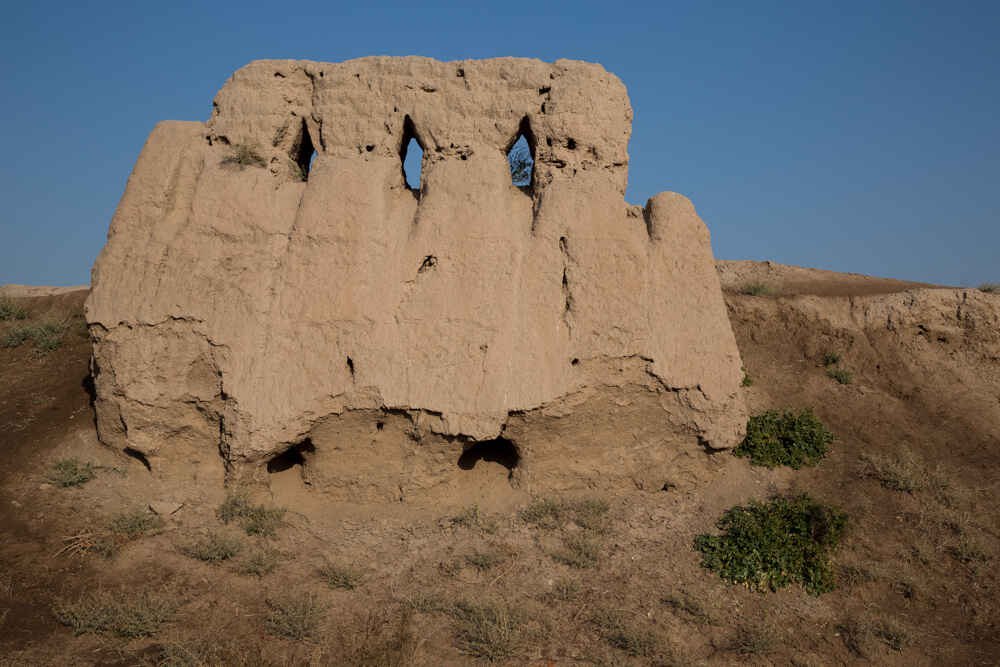 Based on archaeological research, the fortress of the dead rams is one of the oldest monuments of ancient Khorezmian statehood. The population of the fortress were Zoroastrians who worshiped the goddess of water - Anahita and the god of the Sun - Siyavush. The western part of the central complex of the Koi-Krylgan-kala was erected in honor of the goddess Anahita, and the eastern and southern parts, facing the sunrise, were erected in honor of god Siyavush, as evidenced by figurines and fragments of vessels with images of gods.
Based on archaeological research, the fortress of the dead rams is one of the oldest monuments of ancient Khorezmian statehood. The population of the fortress were Zoroastrians who worshiped the goddess of water - Anahita and the god of the Sun - Siyavush. The western part of the central complex of the Koi-Krylgan-kala was erected in honor of the goddess Anahita, and the eastern and southern parts, facing the sunrise, were erected in honor of god Siyavush, as evidenced by figurines and fragments of vessels with images of gods.
The history of the Koi-Krylgan-kala fortress goes back thousands of years. During the excavations, a rich collection of ancient works of art was found: figurines made of alabaster and terracotta, stone seals, ceramic flasks. Of particular interest are fragments of wall paintings and monuments of the most ancient writing in Central Asia, the Avestan civilization. The remains of the most ancient ceramic urns and ossuaries in Central Asia were found here.
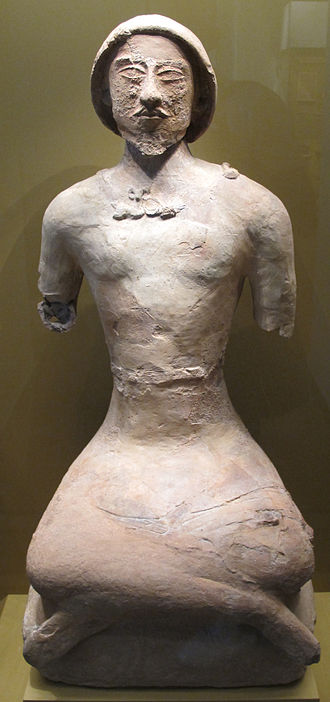 Some of the fragments of ceramic statuary ossuaries discovered at Koi-Krylgan-kala are currently stored in the State Museum of the Peoples of Uzbekistan and in the State Museum of Arts of the Republic of Karakalpakstan named after I.V. Savitsky.
Some of the fragments of ceramic statuary ossuaries discovered at Koi-Krylgan-kala are currently stored in the State Museum of the Peoples of Uzbekistan and in the State Museum of Arts of the Republic of Karakalpakstan named after I.V. Savitsky.
The history of the Koi-Krylgan-kala fortress is still a mystery to humanity and is unique in its design among other fortresses of Ancient Khorezm.
